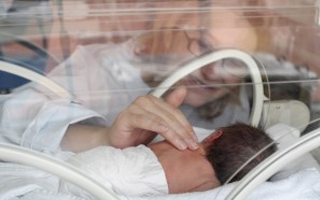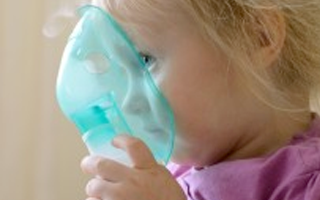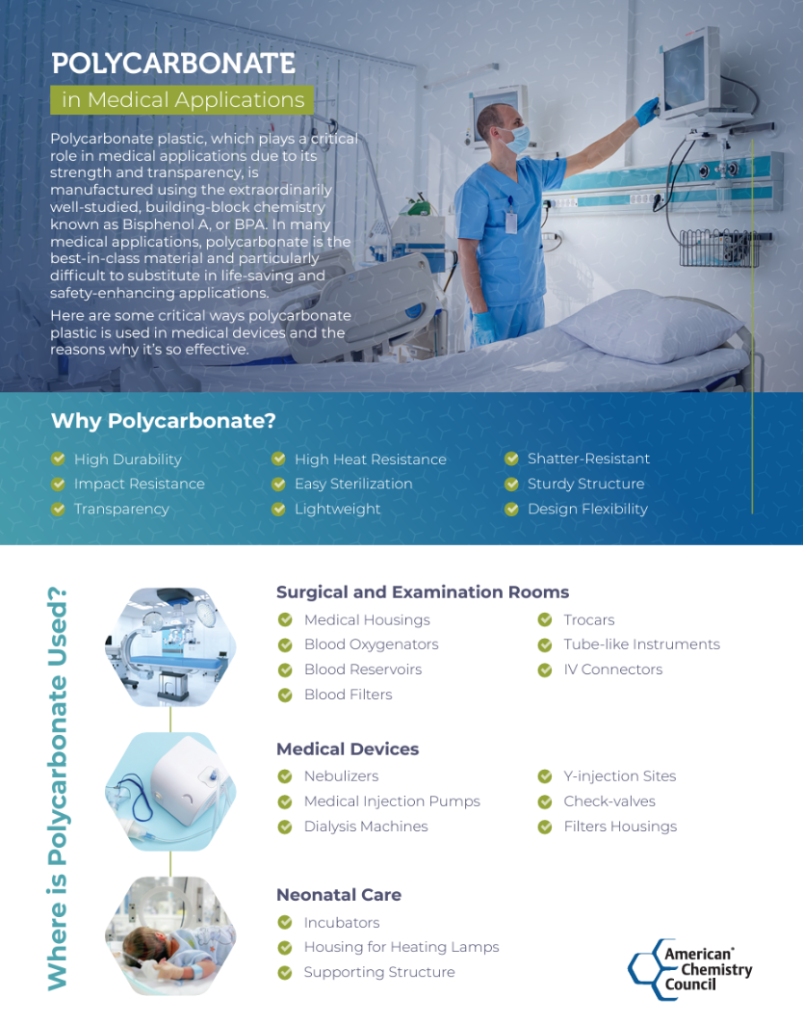Polycarbonate Plastic in Medical Devices and Applications
In many medical applications, polycarbonate is the best-in-class material and difficult to substitute in life-saving and life-enhancing applications. Below are some of the reasons polycarbonate plastic is used in medical devices.
Neonatal Care

In the neonatal unit, for example, clear, lightweight, shatter-resistant polycarbonate plastic provides a safety barrier that helps protect infants in incubators and allows medical personnel to monitor their health. Polycarbonate plastic provides the sturdy, clear material for the outside of the incubator as well as the housing for heating lamps and the supporting structure around them. The main benefits of polycarbonate include easy sterilization, high heat resistance and its tough and sturdy structure.
Surgery

In some surgical devices, particularly those used in minimally invasive surgeries (also known as laparoscopic surgery), polycarbonate plastic provides unique benefits because of its ruggedness.
It can be used to make thin-walled parts, which allows smaller-scale medical devices and equipment to be made, and provides greater agility of movement in surgical procedures.
Because polycarbonate plastic withstands gamma rays, medical housings and equipment can be properly sterilized to protect patient health. Other unique benefits include its heat resistance, impact resistance, ignition resistance and design flexibility.
Drugs and Medicine

Polycarbonate plastic is frequently the preferred choice to make drug-delivery devices, from nebulizers to dialysis machines to needle-less safety syringes, because it can be easily sterilized and is durable. As more and more patients today, particularly the elderly, are directly involved in managing their more complicated medicines and medical procedures at home, cost-effective mobile therapy systems are increasingly necessary.
Polycarbonate plastic provides crucial benefits to allow such items as medical injection pumps to perform uniformly and consistently so that patients can self-administer medications with precision dosing. These types of pumps can be used to deliver a variety of medicines from chemotherapy to pain medicines to antibiotics and must be durable to withstand every day wear and tear as well as occasionally being dropped. The unique combination of features—transparency, impact resistance and easy sterilization—provided by polycarbonate are very important attributes for such medical equipment.
Dental Sealants
In 2016, the American Dental Association (ADA) issued a Professional Product Review, restating the safe use of BPA in dental sealants, which are frequently used as a coating to protect children’s teeth from cavities.
As reported in ADA’s Professional Product Review, the median amount of BPA released was 0.09 nanograms from the amount of sealant applied to four teeth. That vanishingly small amount led ADA to conclude, as summarized in the headline to its news release, “BPA in dental sealants safe.”
In past years the American Academy of Pediatrics (AAP) recommended parents continue to use dental sealants made with BPA. In September 2010, the journal Pediatrics published a review of the use of BPA-derived compounds in dental sealants and composites. Dr. Joel Berg, chair of Pediatric Dentistry at the University of Washington, strongly believes dental sealants are safe and effective and that “There’s more estrogen in a mother’s kiss than there is in a sealant” (CNN Health Blog, September 7, 2010). For the full review, click here.
